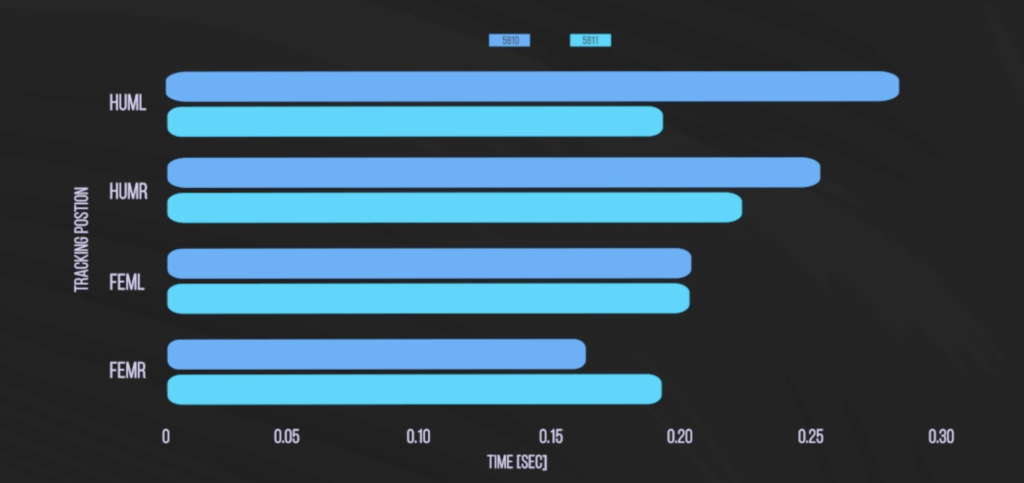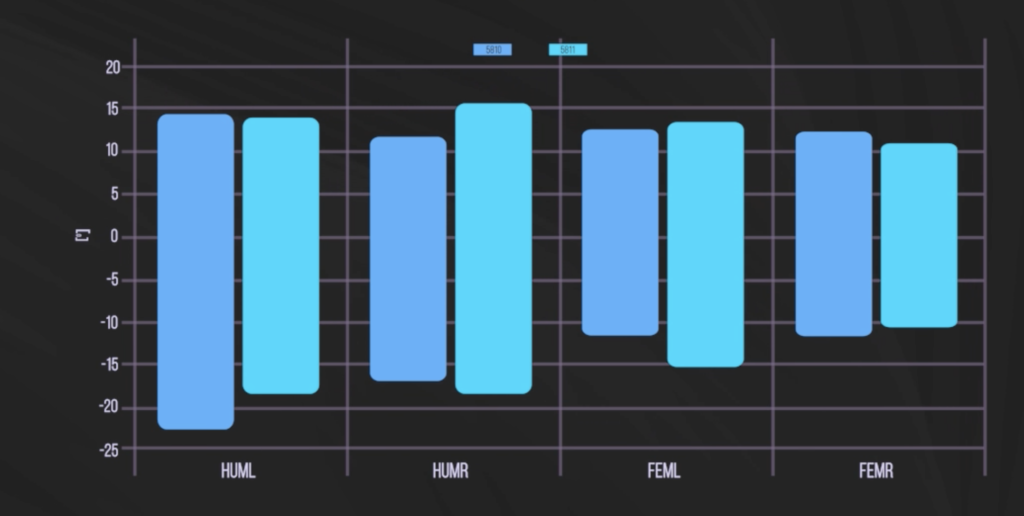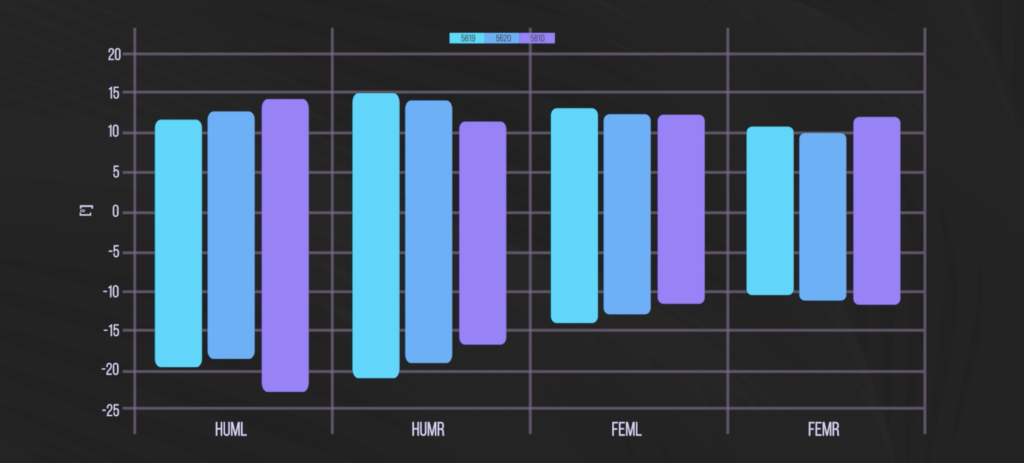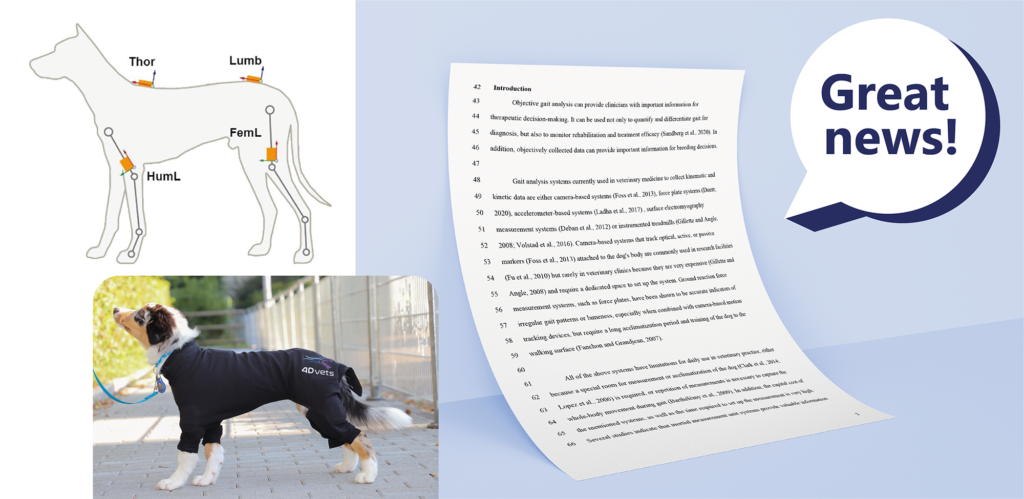Initial Situation
The puppy Pico was introduced to our practice so that the build-up to a working dog could proceed without problems. Another goal was to develop the training more efficiently.
First examination
The first examination already showed a complex gait pattern. Pico cannot walk straight, the right hind quarters always go into a right outward position. In addition, the right hind limb bends. In movement there is a clear, strong swaying to both sides. Additionally relevant is a tucked up croup, a tendency to limp front-left as well as the gait of the left shoulder limb in general, which is broad-legged to circular.
Basically, the gait is irregular and abrupt, the hindquarters are heavy and not symmetrical.
This gait pattern is special, but unfortunately not rare in the puppies that come to the practice. It is always pathological and forms the basis for a pass gait. This pattern forms the centralisation of a later gait pattern if it is not recognised and corrected early.
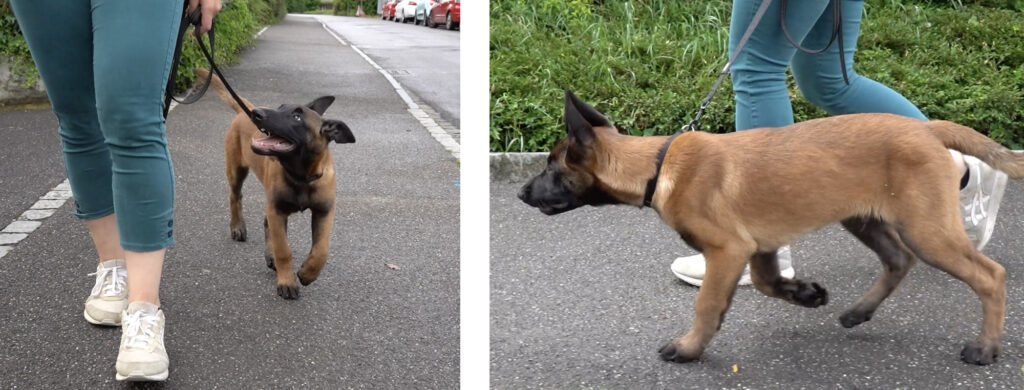
Orthopaedic examination
The orthopaedic examination shows symmetrical knees and ankle joints. The left femur is displaced downwards and backwards, which clearly restricts its mobility. In addition, there is an abaxial rotation of the left pelvis, which corresponds to a pelvic low position there. The sacral region also has reduced mobility. The sensitivity of the examined anatomical regions is remarkable. Last but not least, the left shoulder is also limited in its mobility, and its axial rotation also stands out, which causes the limping there.
The findings of the orthopaedic examination were supported by the kinematic measurement.
Kinematic measurement
The kinematic measurement shows a difference in stride length between the left and right pelvic limb of 10 cm, which is striking. Furthermore, the stance phase and the range of motion show only slight differences, while the PVF in the hindquarters shows no difference at all. The left shoulder has a reduced acceleration, which indicates a pull move to compensate for the instability of the hindquarters. In general, altered values are present but not dramatic. There is no evidence of structural pathology or hip dysplasia. Therefore, an X-ray study was not performed.
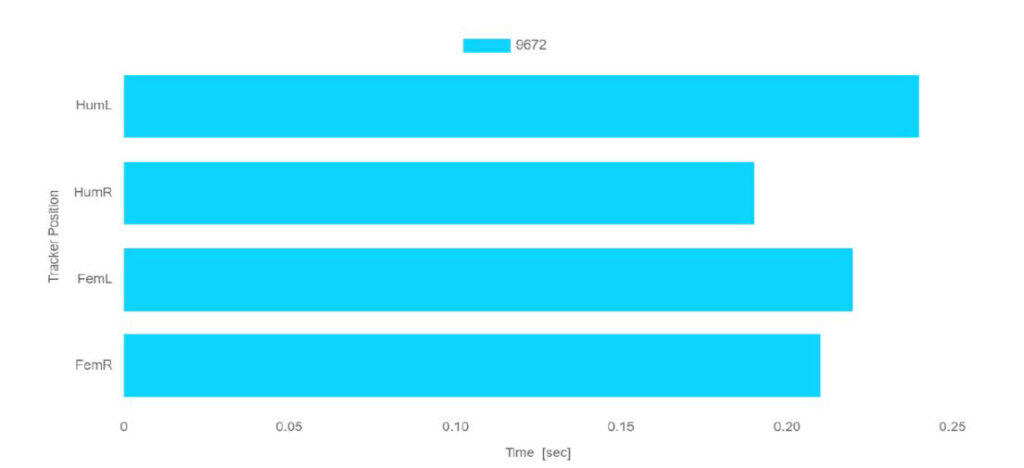
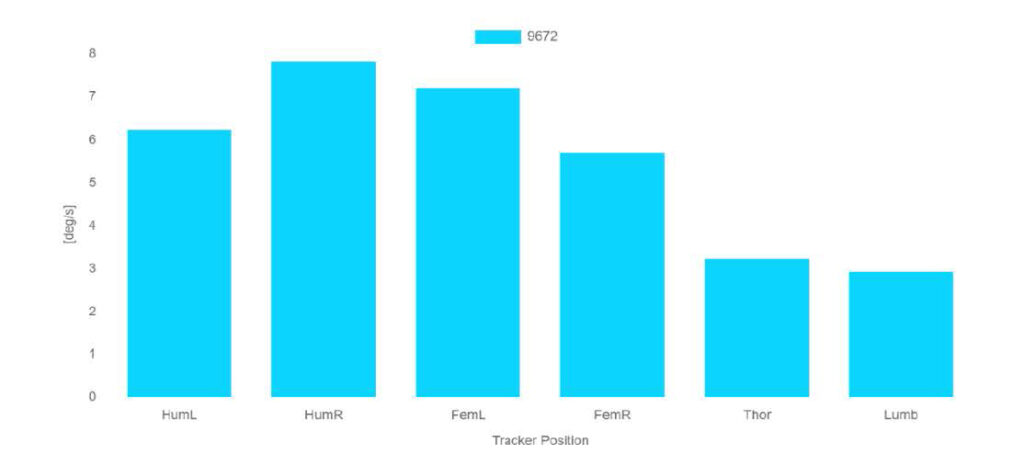
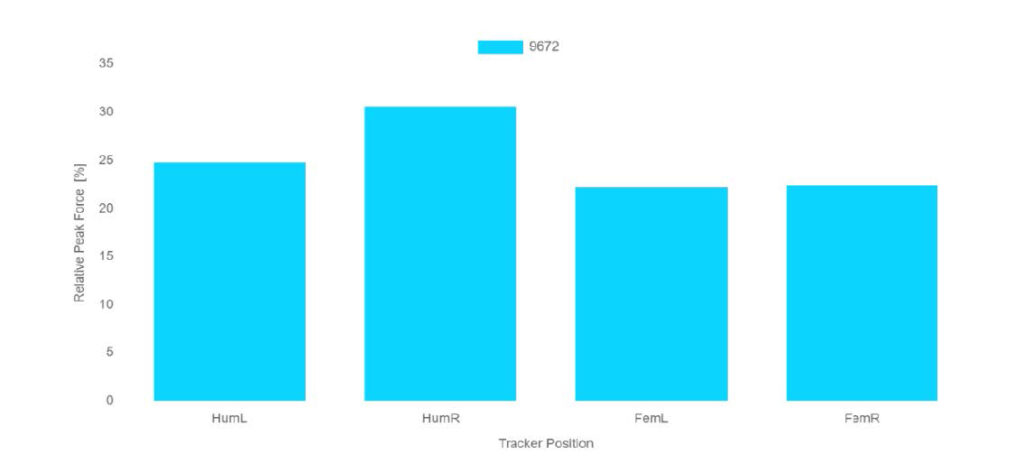
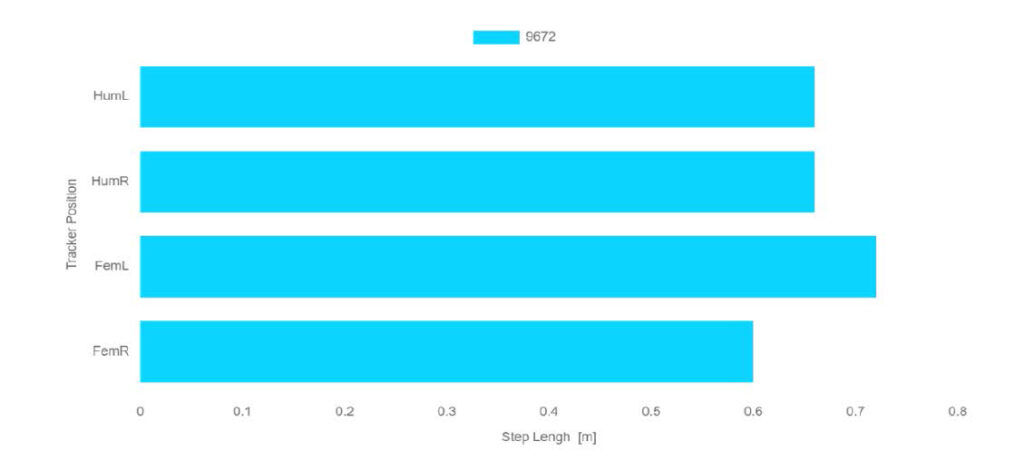
Orthopaedic-manual treatment
Orthopaedically, the malposition in the pelvis now had to be corrected manually.
Kinematic control measurement
After the manual treatment, Pico was again kinematically measured and controlled.
After the treatment, a symmetrisation of the pelvis kinematically took place; however, this was not completed because the malposition in the pelvis on the left side had already led to compensation of the movement in the left shoulder.
Overall, there are clear improvements, so that the further build-up could be planned.
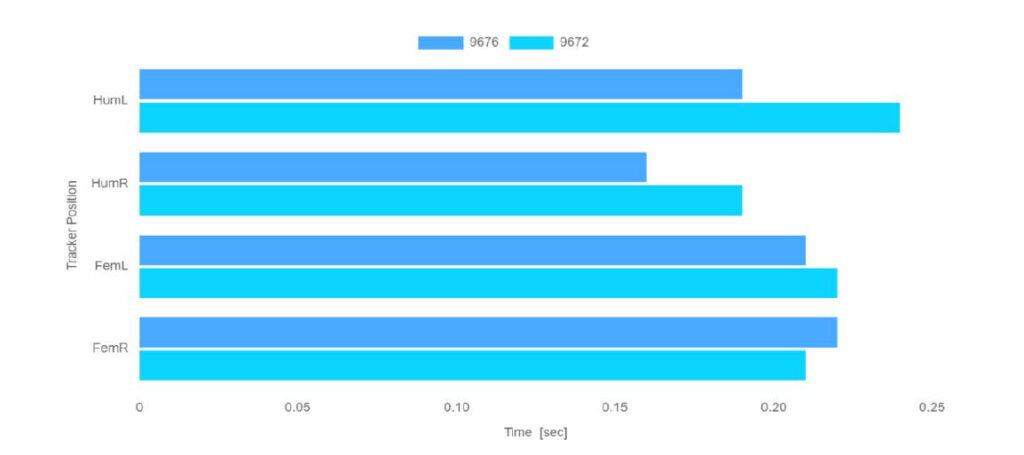
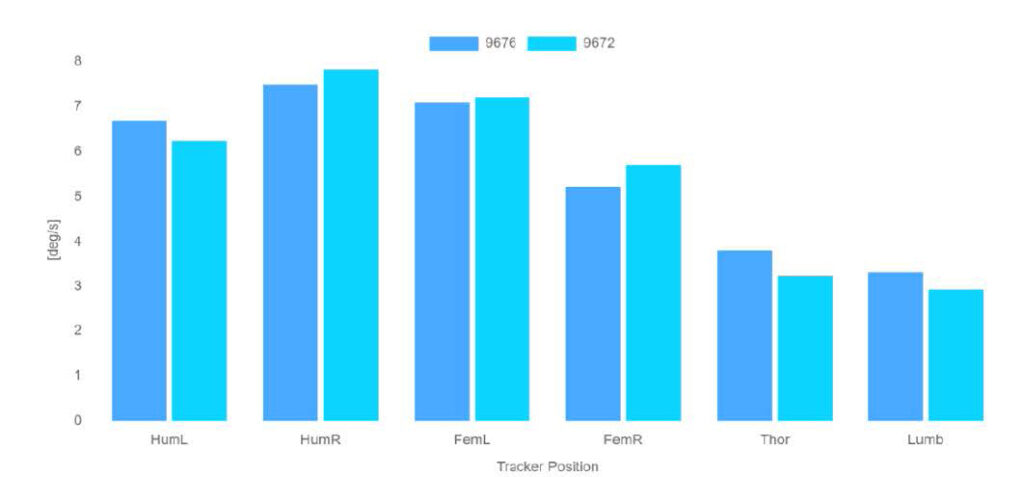
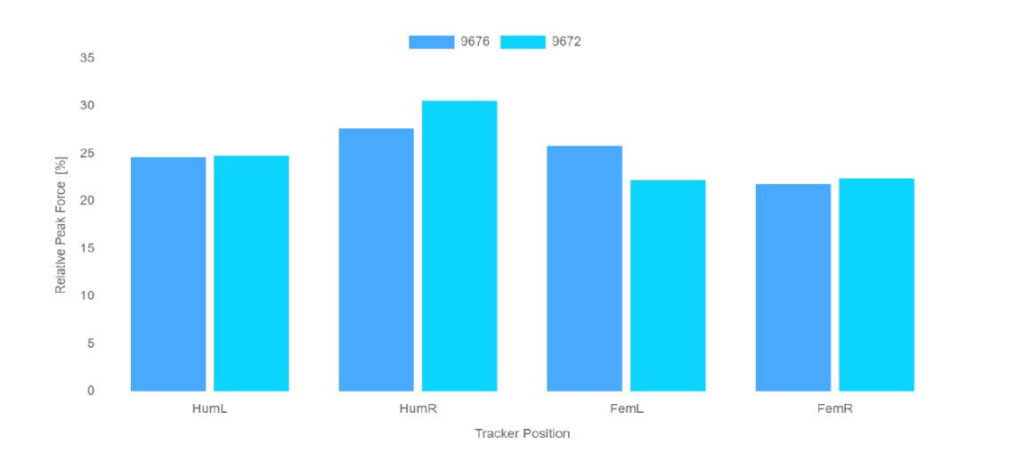
Visual results
The visual gait pattern after the orthopaedic-manual treatment is a clear improvement: Pico shows good movement in the trail, the instability of the hindquarters has practically normalised. The swaying as well as the buckling of the hindquarters is no longer visible and the lameness of the left shoulder disappeared. The whole movement now appears round, harmonious and fluid.
Folgetherapie
Now the targeted development of the movement and the musculature can begin. Without this correction, Pico would only have built up the musculature incorrectly and, above all, too little and the altered gait pattern would have manifested itself peripherally as well as centrally in the motor cortex in the brain. This would have been detrimental to Pico’s use as a working dog.
Watch Pico’s case also as a video:






